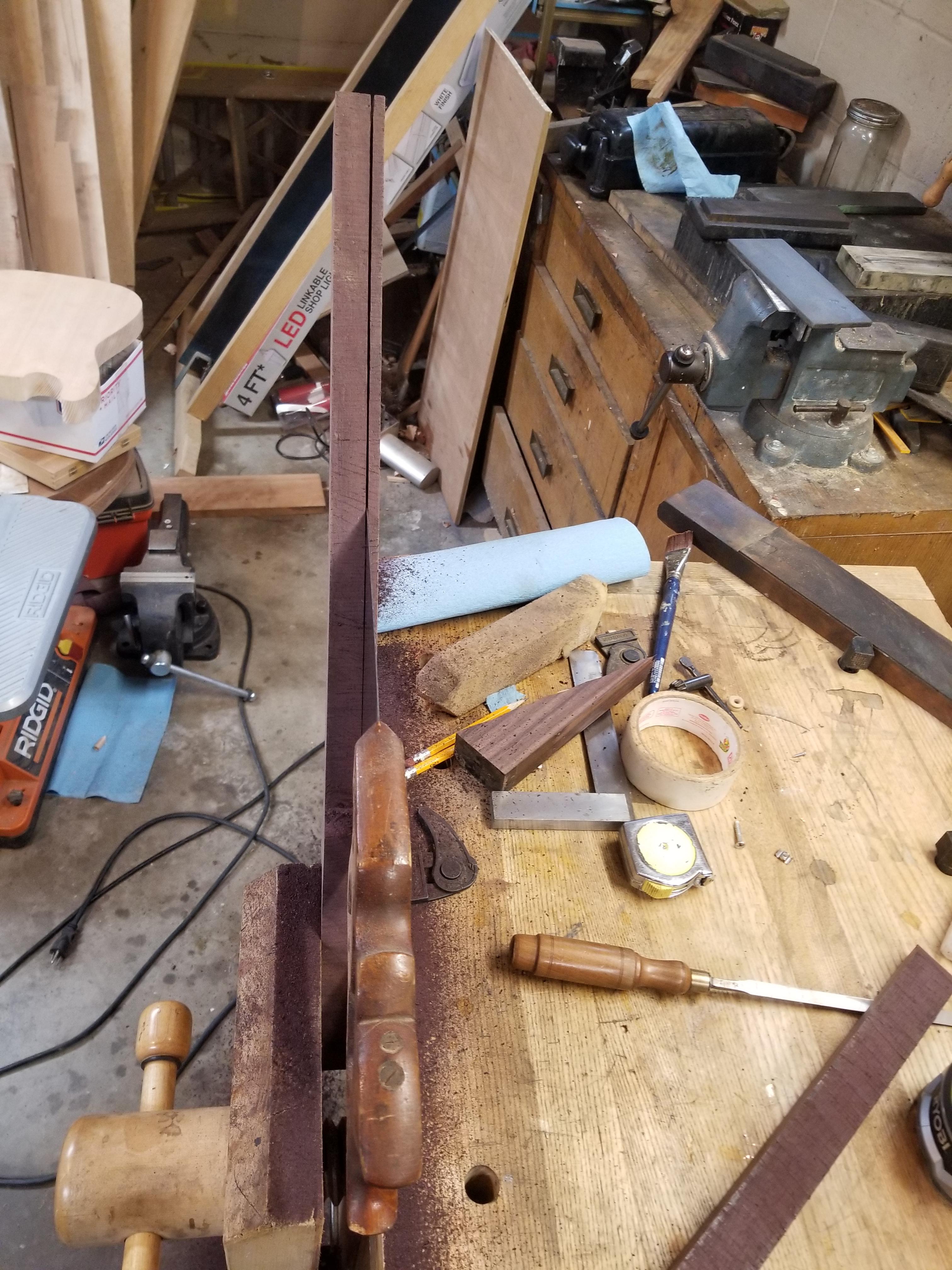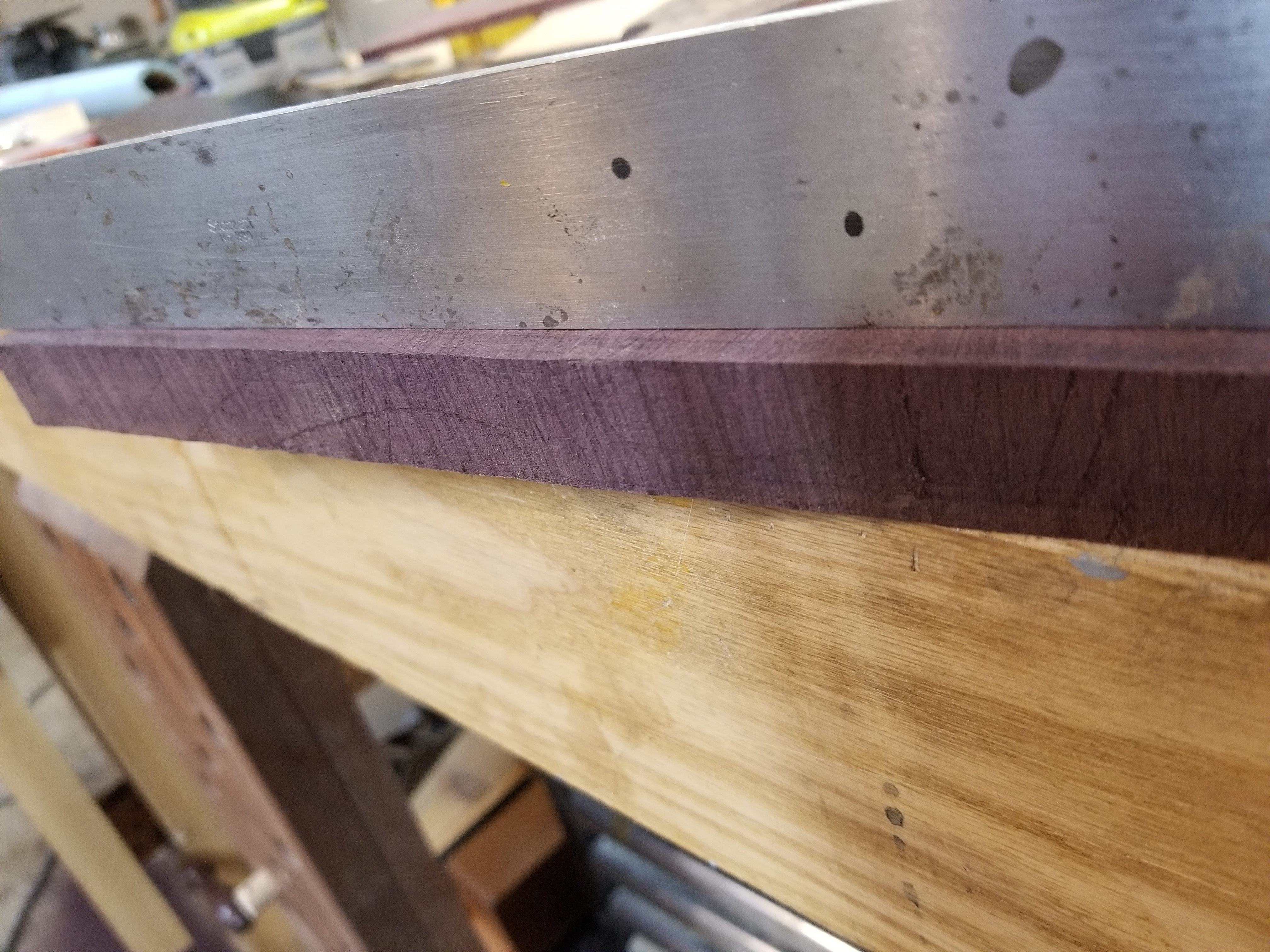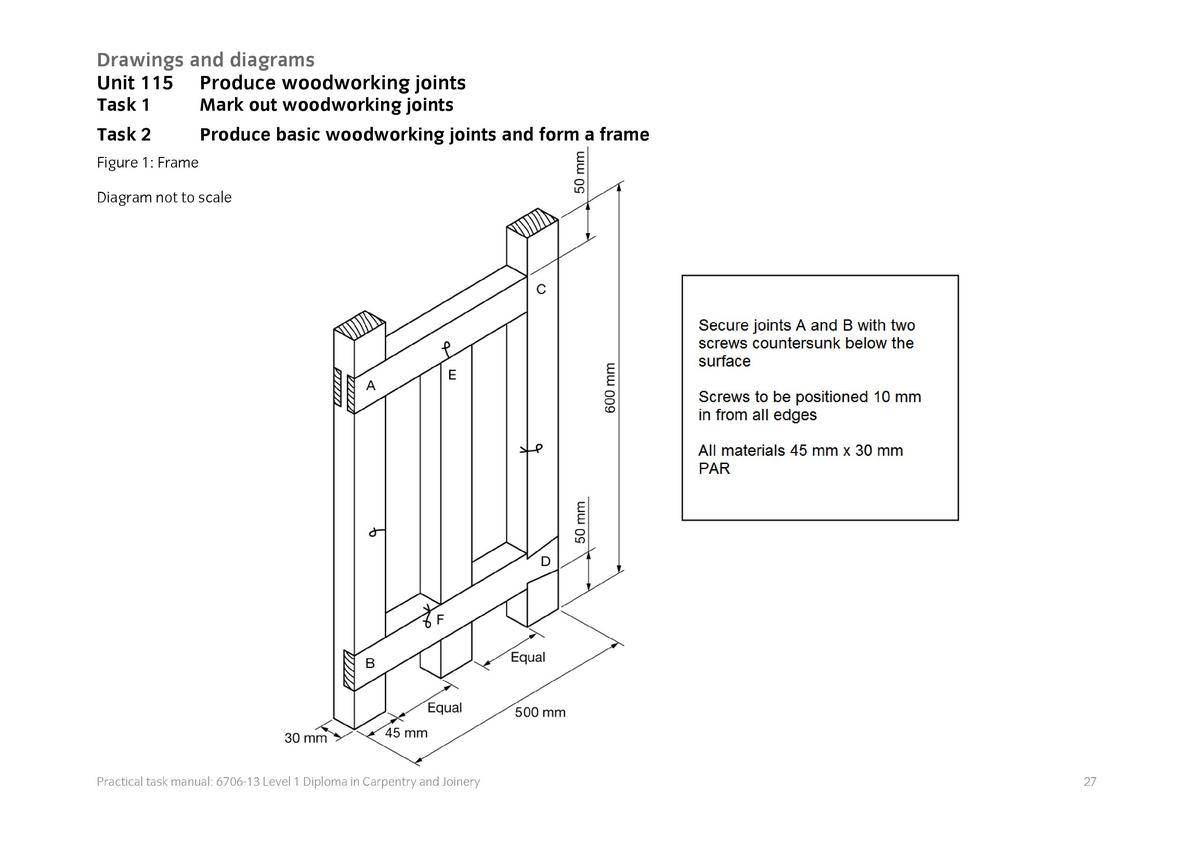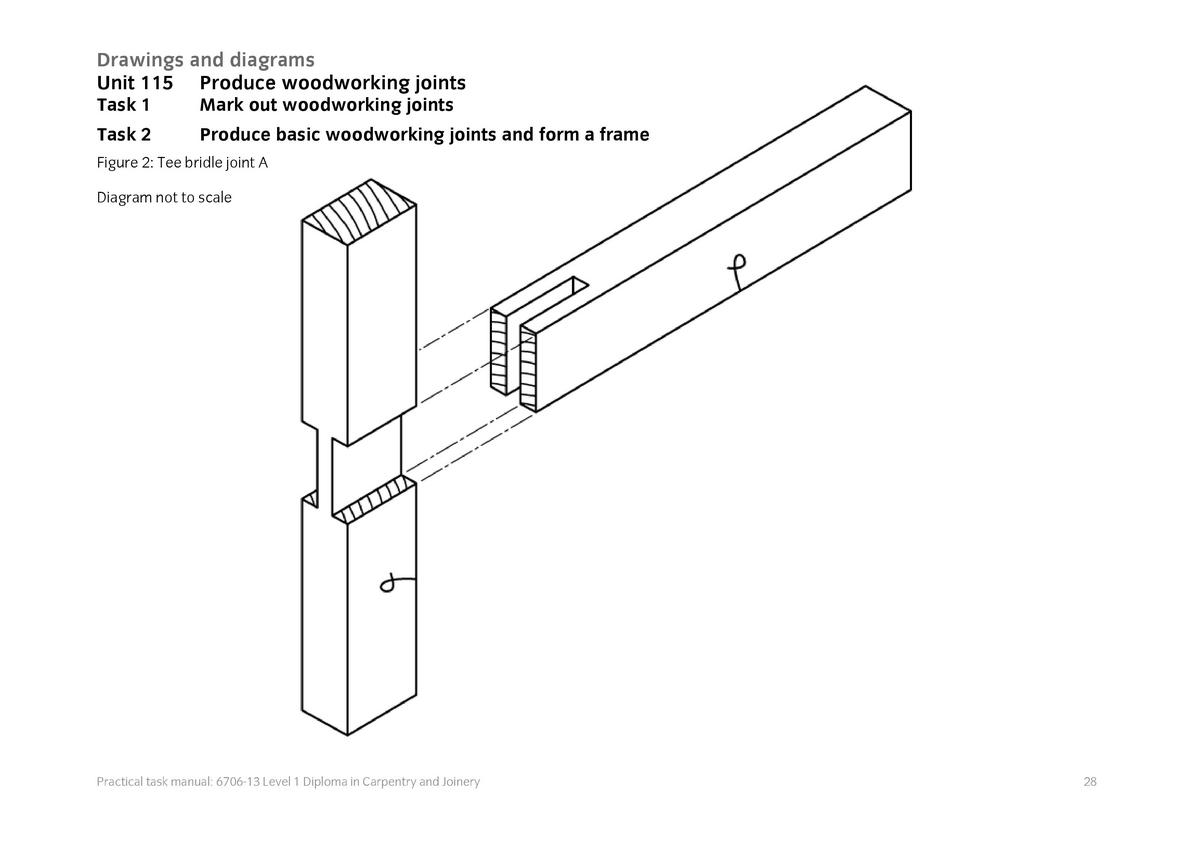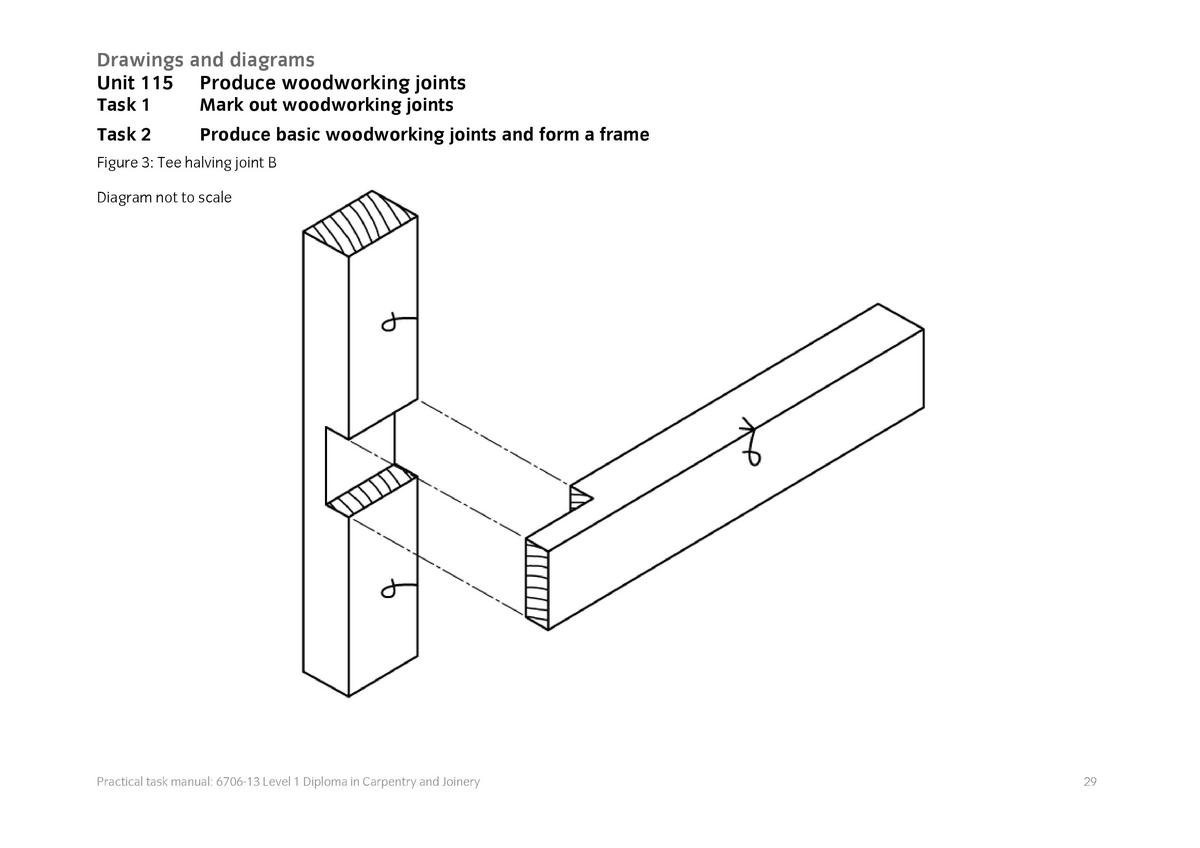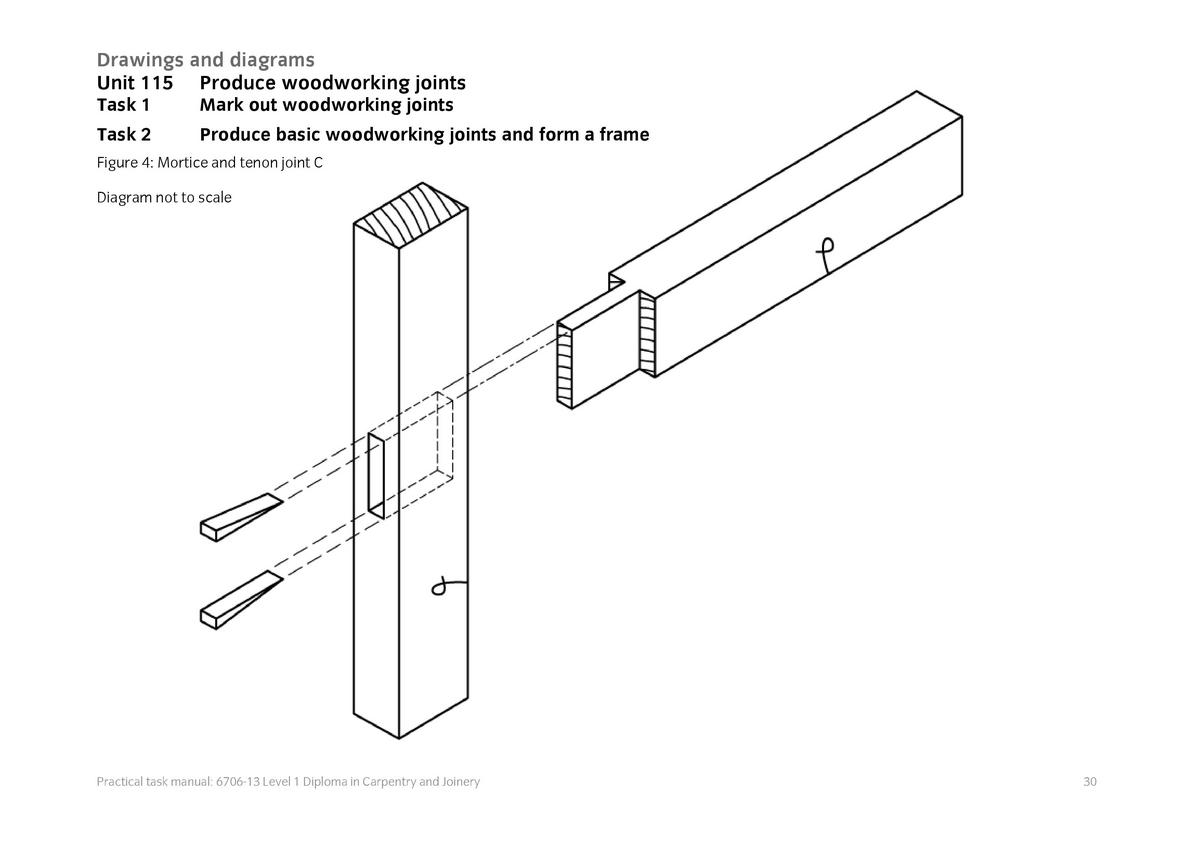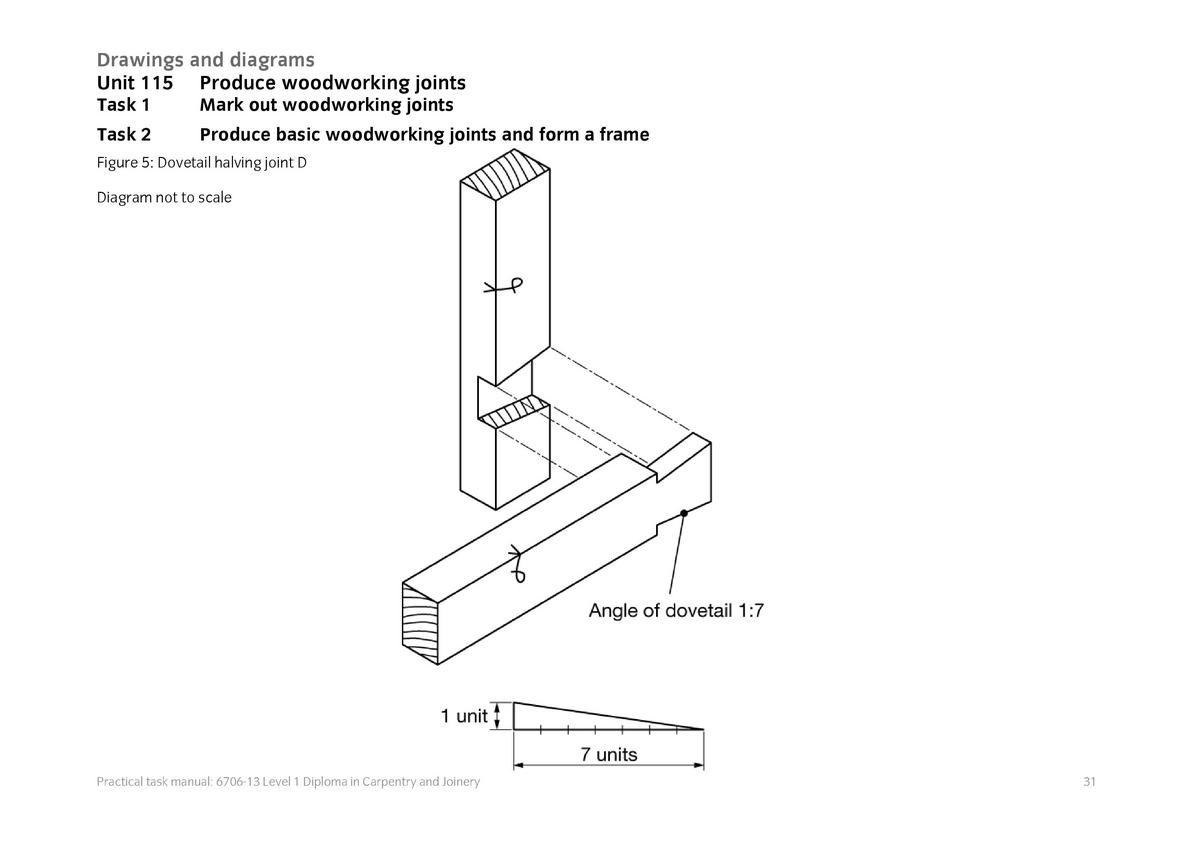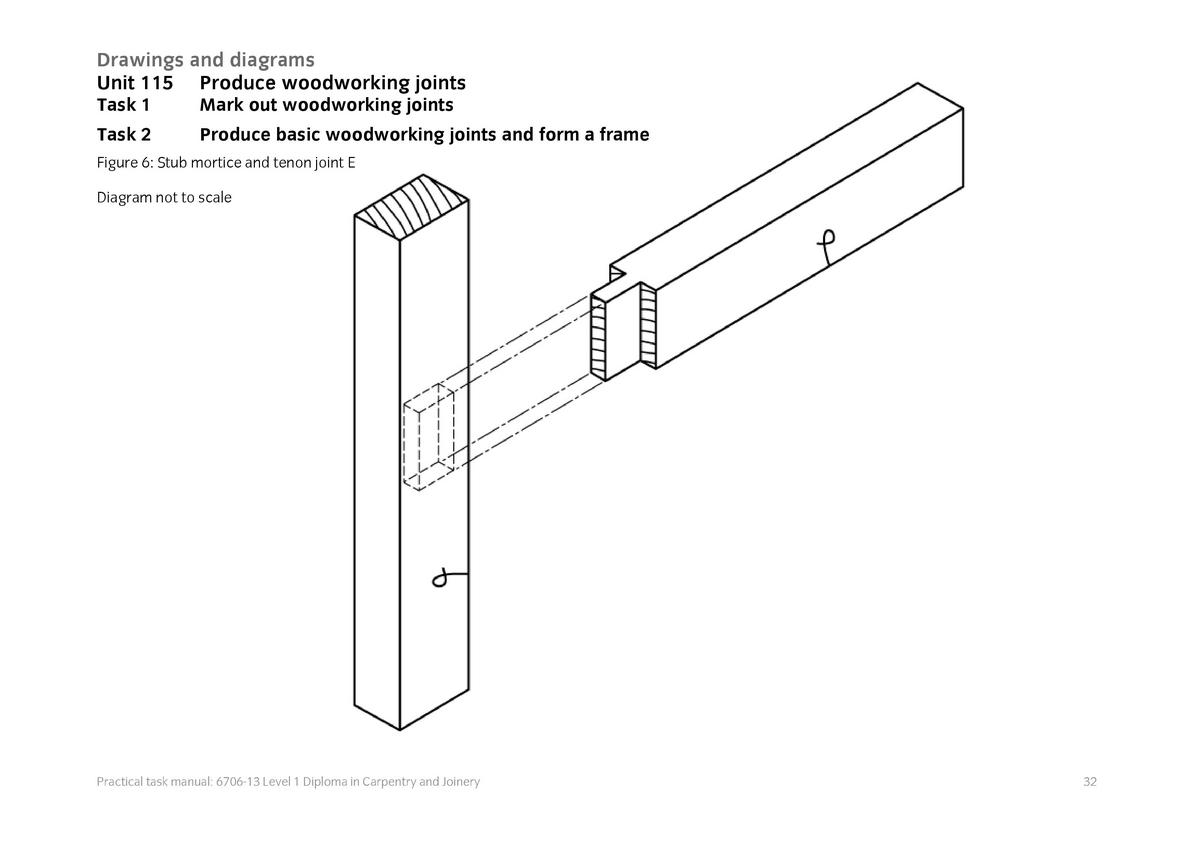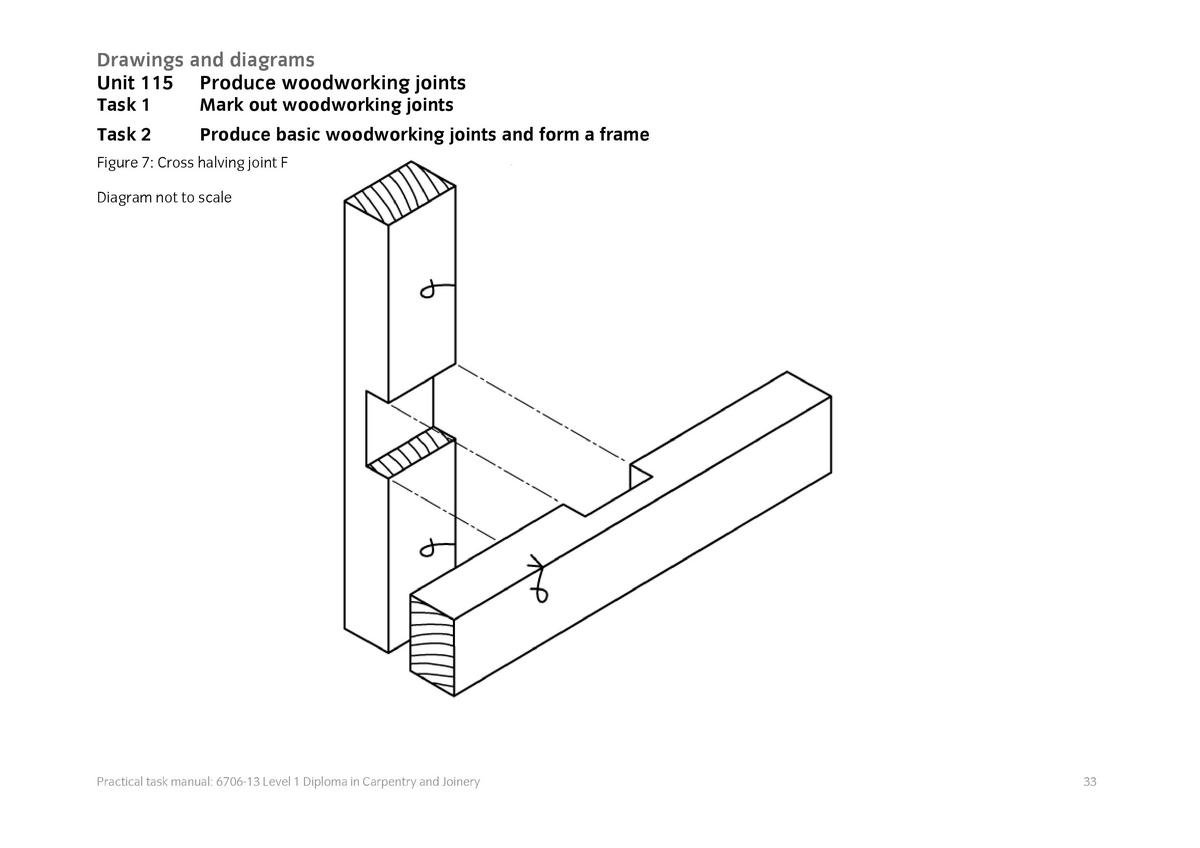Spent a lot of today in my shed practising.
The two things I have been practising are
1) Cutting a piece of wood straight
2) Doing some Dovetail joints by hand
All sounds simple and no doubt to 99.9% of you it is, but for me it seems to be a totally unreachable task.
My dovetails end up like a mouth full of loose teeth and my straight line cuts resemble a drawing of a grand prix circuit.
I have tried chiseling out the dovetails to get them looking right and I sand the edge of wood to get a straight edge
I have tried different saws, I stand in different places when cutting. Oh and the ends seem to break off on my dovetails.
I really do not want to give it up as a hobby but feel I may have to before long.
I have seen a router bit for dovetails but have absolutely no idea how it would work or even if it would work, the bit may just be called dovetail for all I know. Very despondant at the moment but will see what tomorrow brings
The two things I have been practising are
1) Cutting a piece of wood straight
2) Doing some Dovetail joints by hand
All sounds simple and no doubt to 99.9% of you it is, but for me it seems to be a totally unreachable task.
My dovetails end up like a mouth full of loose teeth and my straight line cuts resemble a drawing of a grand prix circuit.
I have tried chiseling out the dovetails to get them looking right and I sand the edge of wood to get a straight edge
I have tried different saws, I stand in different places when cutting. Oh and the ends seem to break off on my dovetails.
I really do not want to give it up as a hobby but feel I may have to before long.
I have seen a router bit for dovetails but have absolutely no idea how it would work or even if it would work, the bit may just be called dovetail for all I know. Very despondant at the moment but will see what tomorrow brings



